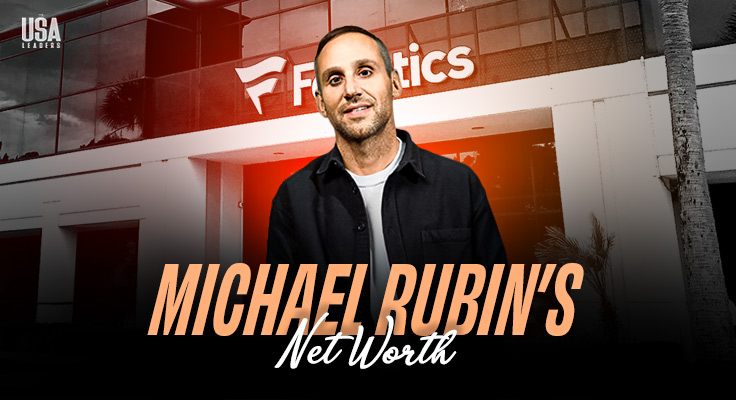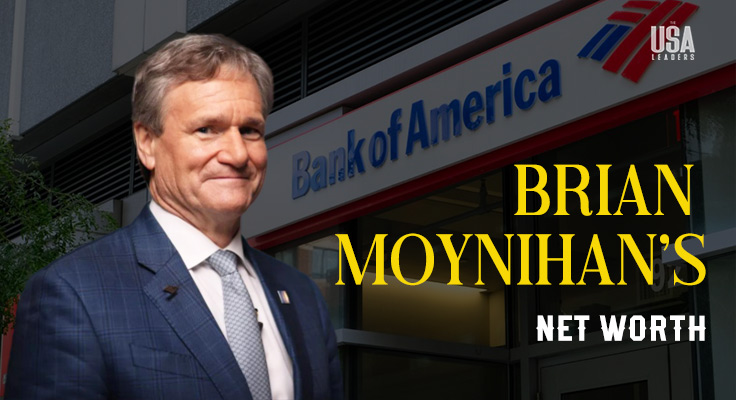Cold email outreach is one of the options that should be in anyone’s toolbox for generating leads and growing a business, but it’s a tool you have to know how to use. The most important facet to master is deliverability.
Deliverability is the foundation of any email campaign because it doesn’t matter how successfully crafted your email campaign is if the messages don’t reach anyone’s inbox. It’s important to understand how to optimize email deliverability. If you’re a beginner, don’t be intimidated by the technical aspects. It’s easier to learn how to do it correctly from the beginning than suffer through costly failed campaigns!
Why Deliverability Matters More Than You Think
A compelling subject line might seem like a reasonable place to start for a beginner, but you have to think more broadly. Have a plan in place for not only what the email says, but who you’re saying it to and how you get it to them.
As the Instantly Co-Founder puts it: “Deliverability is the oxygen of cold email. You don’t notice it when it’s working, but the moment it’s gone, your entire strategy suffocates.”
Without deliverability, you could be sending out hundreds of emails daily but failing to reach a single prospect’s inbox. That’s why deliverability has to be a priority.
Step 1: Start With a Dedicated, Authenticated Sending Domain
It’s not advisable to use your primary business domain for cold outreach, since that puts you in a position where problems with deliverability can pose a risk to your overall communication system. If your domain reputation gets dinged for spam, you don’t want that to also mean that clients, partners, or vendors suddenly aren’t getting your emails. Instead, you can purchase a subdomain or an entirely separate domain specifically for cold outreach.
Authentication is important, too. Email authentication protocols tell the servers receiving your email that you’re a legitimate sender, and not a spam account. There are three primary authentication records that you need to configure. They are:
- SPF (Sender Policy Framework). This framework authorizes which servers are allowed to send emails on behalf of your domain.
- DKIM (DomainKeys Identified Mail). This adds a digital signature to your emails that proves the emails weren’t tampered with.
- DMARC (Domain-based Message Authentication, Reporting, and Conformance). This informs receiving servers how to handle unauthenticated emails.
Instantly gives you an easy-to-follow guide for setting these protocols. You can test if your authentication is working by using tools like MXToolbox or Google Postmaster Tools.
Step 2: Warm Up Your Domain
Warming up your domain is the process by which you build some trust with email service providers (ESPs). This is done by simulating normal, organic email activity. Send a few emails a day to trusted sources, even responding back and forth, and increase that volume slowly over a few weeks.
Doing so will help you avoid one of the biggest mistakes beginners make. Failing to warm up your domain will throw up red flags with the ESPs, whose job it is to keep inboxes safe from actual spammers with malicious intent.
You should also maintain consistent sending patterns even after your campaign has begun. Big spikes in volume on an irregular day can trigger an ESP to investigate you for suspicious activity. You can avoid this kind of disruption by having a consistent sending schedule and spreading your sending out evenly throughout the week.
Step 3: Build High-Quality Email Lists
Deliverability isn’t only about what you’re emailing to people; it’s also about who you’re sending those emails to. A “bad” email list is one that’s full of spam traps, invalid addresses, or recipients that don’t engage. These can really deal a blow to your sender’s reputation.
Here are a few steps you can take to avoid that before you even start your campaign:
- Verify the email addresses on your list using list-cleaning tools.
- Avoid buying an email list from a third party.
- Focus on highly targeted prospects who fit your customer or client demographic.
A smaller and cleaner email list will always perform better than a large but low-quality one. Having recipients engage with you is also important because not only does it improve your conversion rates, but it also helps your reputation. Internet service providers pay attention to how your emails are interacted with, and you want a campaign that reflects people opening and replying to your messages.
Step 4: Write Emails That Don’t Trigger Spam Filters
Spam filters analyze email content as well as sender reputation. Even well-intentioned emails can be flagged if they contain certain trigger words or formats commonly associated with spam.
Avoid:
- Excessive use of salesy language (“guaranteed,” “free offer,” “risk-free”).
- All caps, multiple exclamation points, and colored text.
- Too many links or large attachments.
- Heavy image-to-text ratios.
Instead, keep your emails simple, text-based, and conversational. Focus on value, personalization, and relevance.
You should also avoid overly automating your emails. Some automation is needed just to keep up with the scale of our outreach as you grow, but it’s important to implement the automation well. Keep personalization a top priority and balance it with actual research that you’ve done and personalized touches.
Step 5: Monitor Your Metrics
Continuously monitoring the analytics of your cold email outreach campaign can help you catch issues before they take root and become even bigger problems. You should track metrics like open rates, bounce rates, and spam complaint rates.
A good metrics program will also give you insight into your email placement, like if your messages are going to a promotions or spam folder as opposed to a primary inbox. Inbox placement services can provide you with this kind of look into your positioning and the overall health of your campaign.
Final Thoughts
Email deliverability might not be the most exciting or glamorous aspect of the job, but that doesn’t mean it isn’t an important one. Especially for a beginner, setting yourself up with the best practices for deliverability can help you avoid expensive mistakes down the line.
Also Read: Email Marketing for Financial Services: 5 Best Campaigns





















